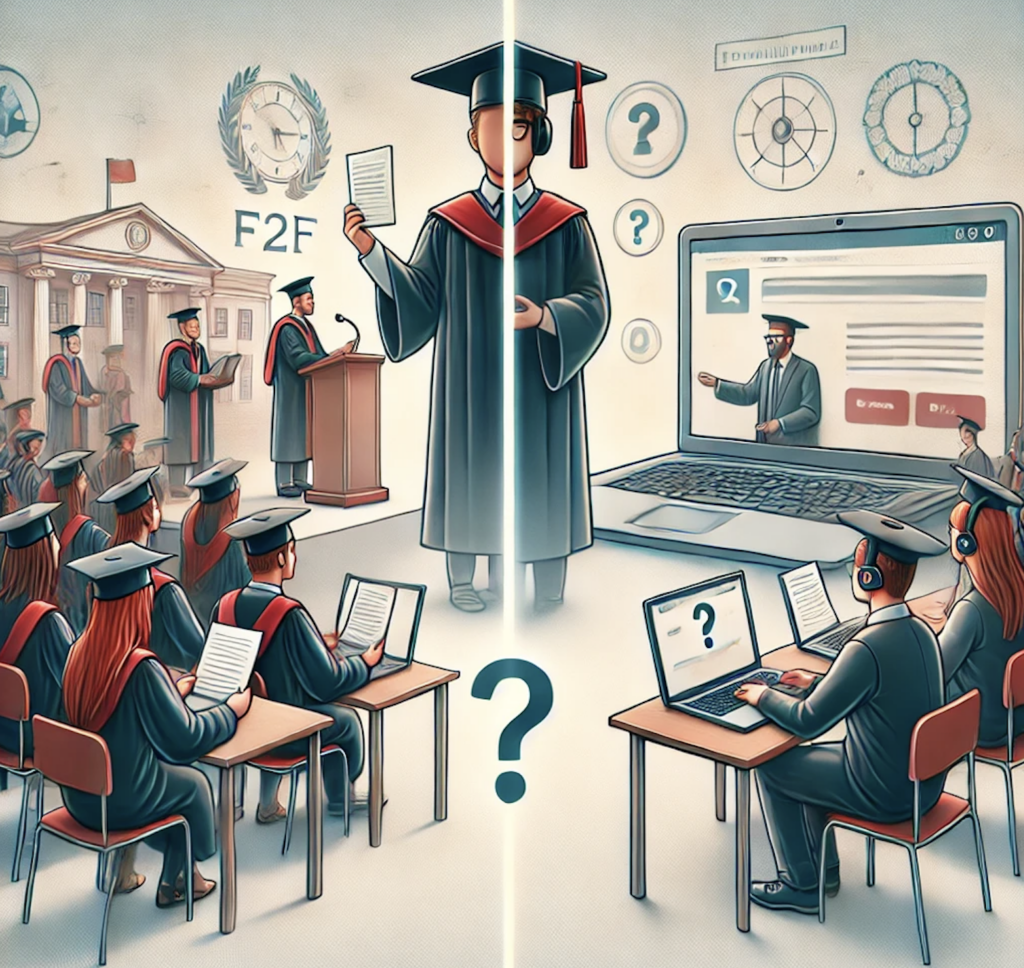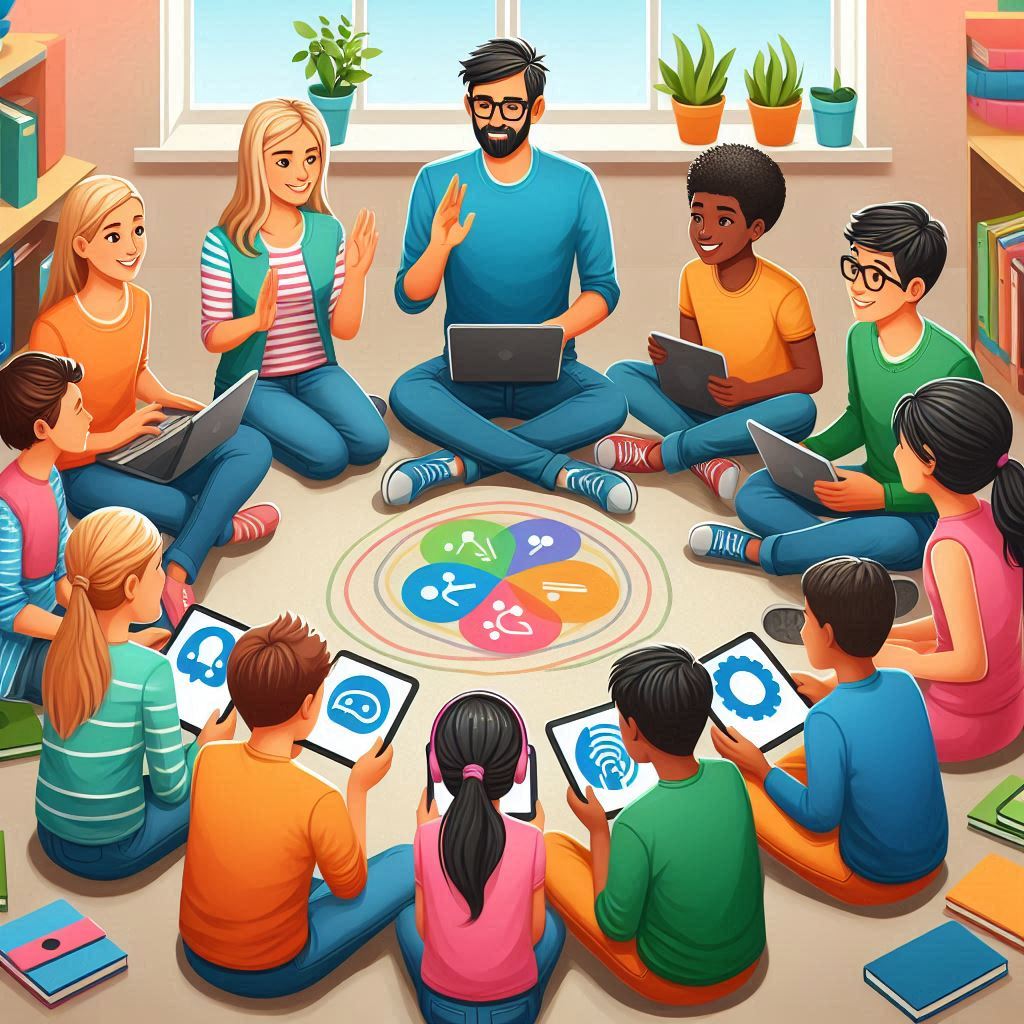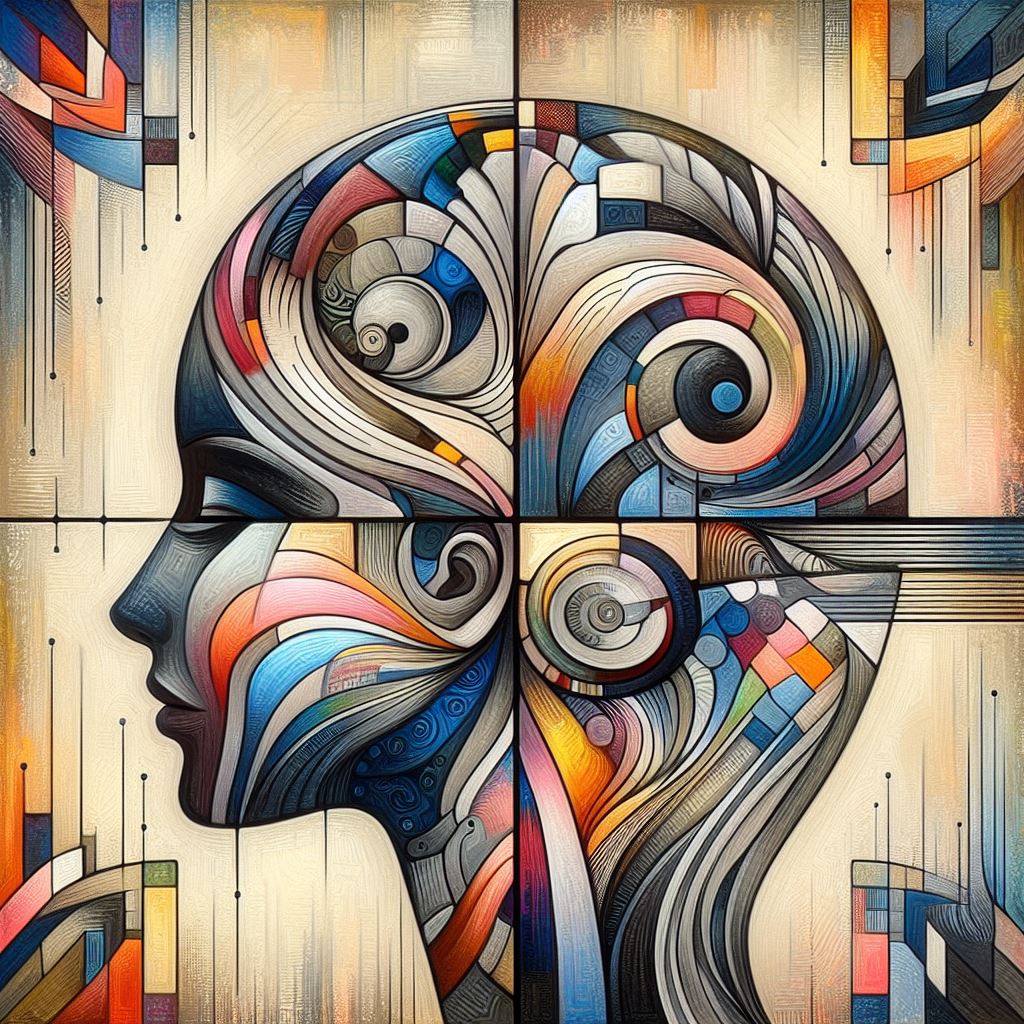
Since ChatGPT-3.5 was released in late 2022, educators and higher education institutions have wrestled with the potential risks that generative artificial intelligence (GenAI) poses to assessment validity. It’s encouraging that, as a sector, we’ve invested significant energy and resources into understanding these challenges and identifying strategies to uphold academic integrity – an essential element of reputation of our universities. But despite the efforts, have we got a clear path forward?









